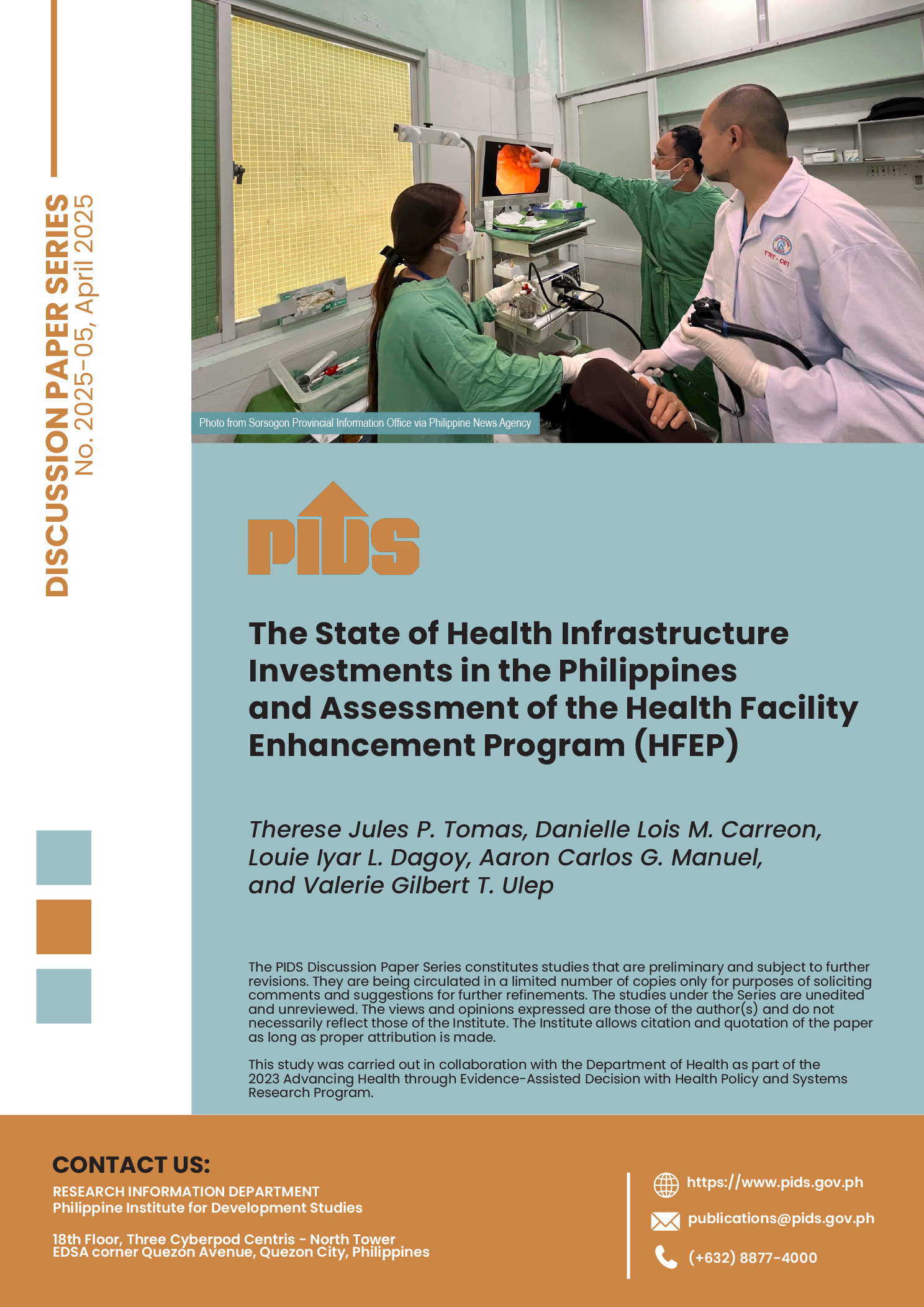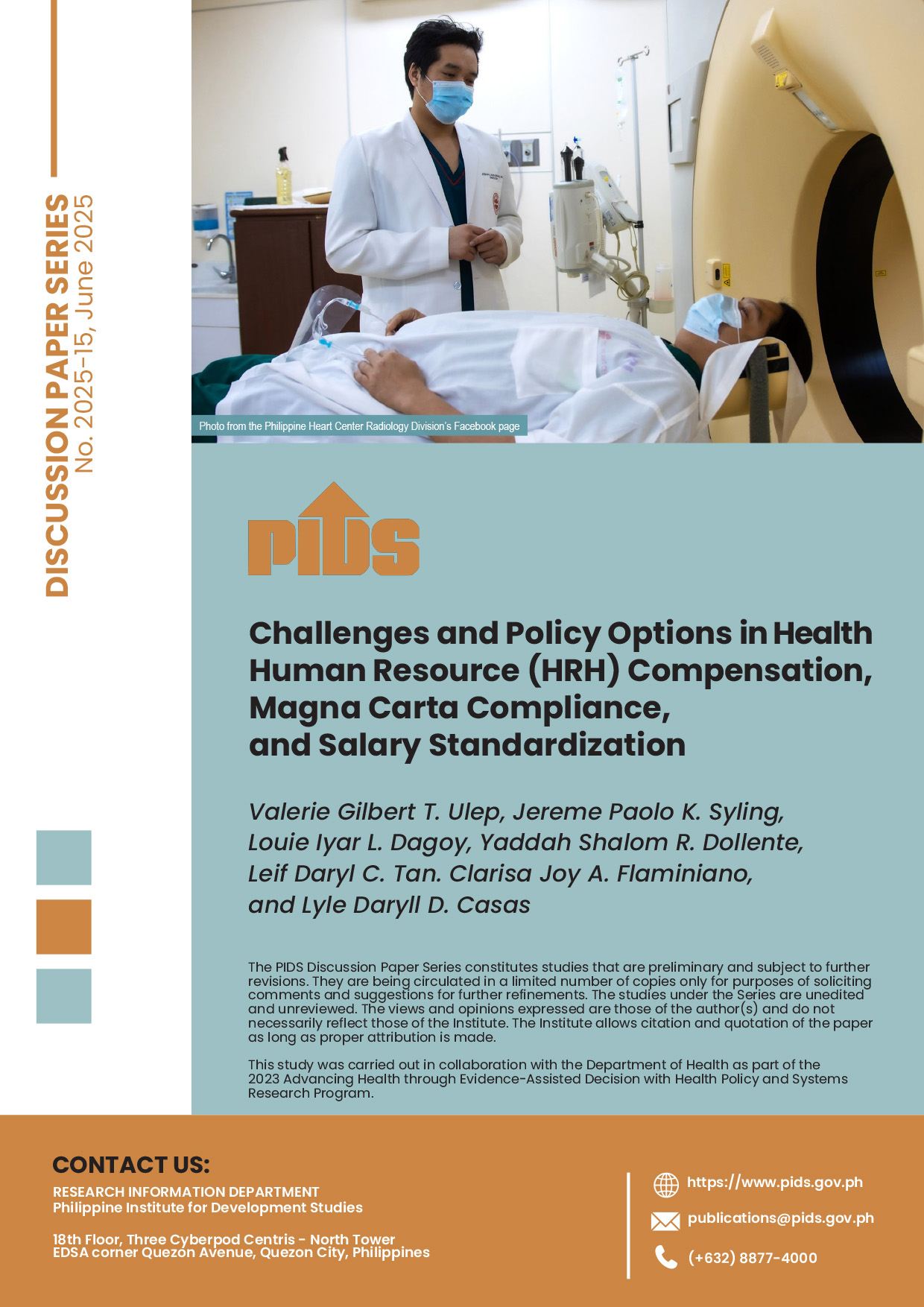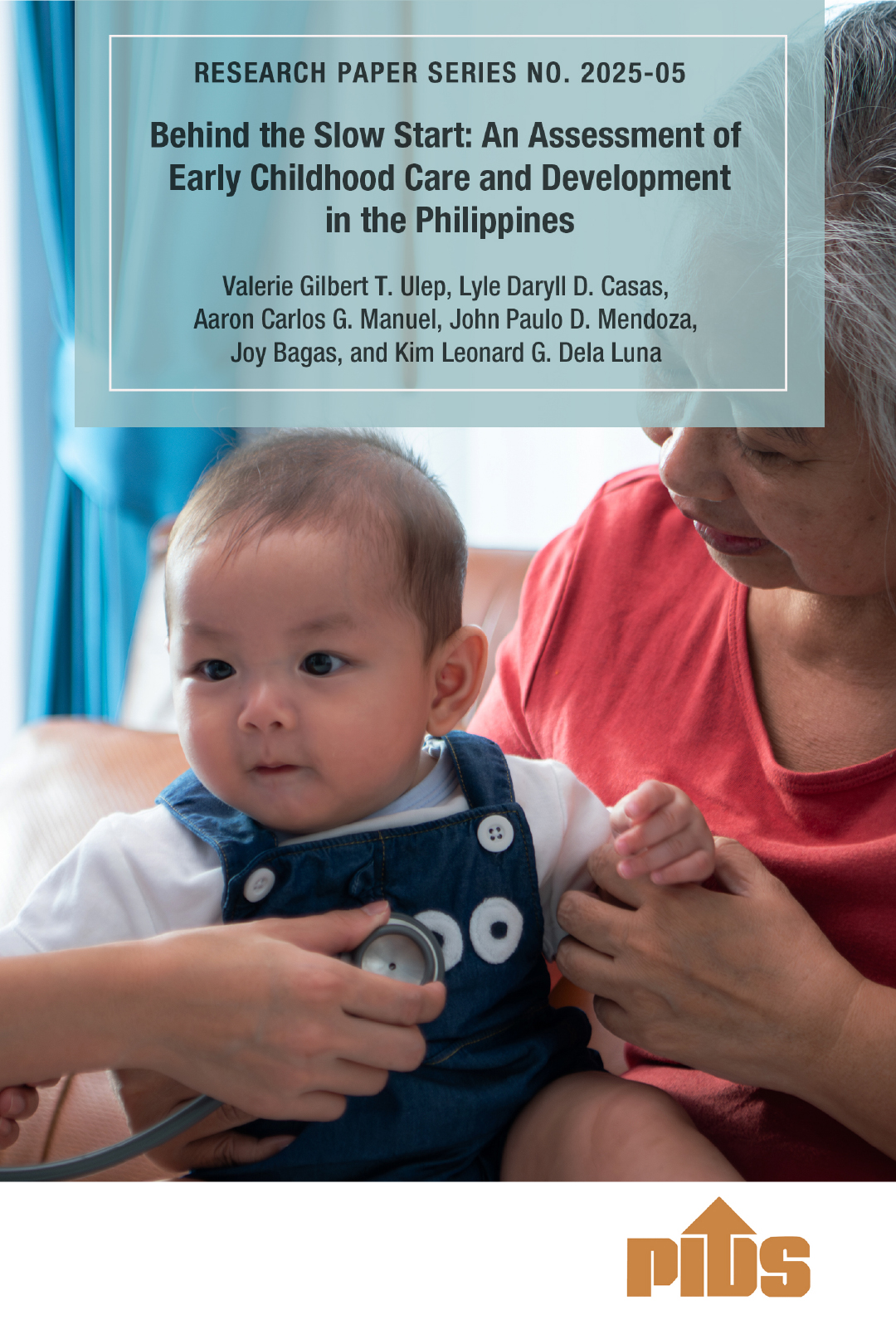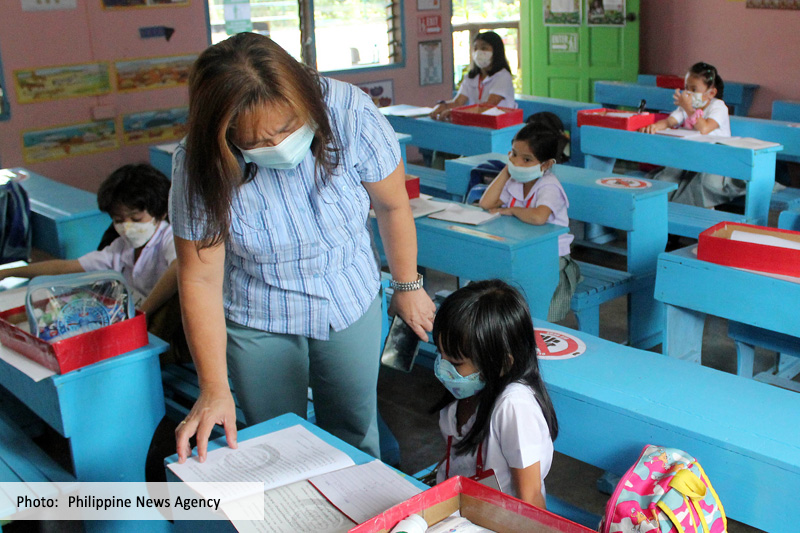
One in every two children under five years of age suffer from stunting, or those whose height is short for their age, reveals a study of state think tank Philippine Institute for Development Studies (PIDS).
PIDS consultant Alejandro Herrin in a policy note titled “Preventing Childhood Stunting: Why and How?” disclosed that the Philippines has shown little progress in reducing the prevalence of childhood stunting in the last 20 years, despite its lasting consequences on one’s health, learning, and economic productivity.
Citing data from the Food and Nutrition Research Institute (FNRI), Herrin explained that childhood stunting, which reflects chronic malnutrition, can affect one-third of children under five yearly, or around 3.78 million Filipino children who usually belong to the poorest sector.
Causes of childhood stunting
Among the main causes of childhood stunting according to Herrin are poor nutrition and micronutrient deficiencies, especially among teenage pregnancies.
Herrin also attributed this to poor quality of maternal care for pregnant women, as well as inadequate interventions such as breastfeeding, micronutrient supplementation, and infection control, particularly during the first 1,000 days of newborn babies.
The decline in the quality of nutrient consumption of children aged 6 to 23 months old is another contributory factor in the increasing number of childhood stunting in the country. The reason for this, according to Herrin, is the high percentage of households that suffer from food insecurity which, ironically, is prevalent among agricultural families.
Herrin said the assessments of specific nutrition projects in the country also showed various implementation issues in terms of targeting, coordination, management structures, logistics, and sustainability.
“For one, the national nutrition plan aimed to address all the dimensions of malnutrition, rather than focus on a specific nutrition problem,” Herrin pointed out.
He further explained that while the plan targeted the vulnerable and nutritionally-at-risk population and segregated them by population groups, conditions, and areas, the means by which its targets were initially intended to be identified and located was not applied.
“For instance, the Conditional Cash Transfer (CCT) program—Pantawid Pamilyang Pilipino Program—was once eyed for the identification of the priority population for nutrition interventions. However, the CCT program was not employed during the implementation of the plan. The delivery of interventions was still implemented in various places through the local health system,” he said.
Apart from these, the “fragmented delivery and financing system” among local government units is also a reason for the slow reduction of stunting in the country.
Interventions
To respond to these challenges, Herrin urged government to take advantage of the existing opportunities offered by “the increasing global interest in child stunting”, and the “existing platforms for the identification of the poor and the delivery and finance of health services”.
Specifically, Herrin said, government leaders should adopt a more focused and strategic nutrition agenda that is aimed at preventing childhood stunting in the Philippines.
He also proposed the use of the CCT program as a platform to identify poor beneficiaries, and as a yardstick to target nutrition interventions as “childhood stunting is closely linked to poverty.”
In addition, Herrin encouraged the use of existing platforms like the PhilHealth program to provide and finance maternal and child health services in the country. He urged government to expand PhilHealth’s coverage to include maternal nutrition and care during pregnancy, child-feeding and safe food supplements, micronutrient supplementation in children, as well as reproductive health and family planning interventions. ###
If you want to know more about this study, you may download the policy note from the PIDS website.
PIDS consultant Alejandro Herrin in a policy note titled “Preventing Childhood Stunting: Why and How?” disclosed that the Philippines has shown little progress in reducing the prevalence of childhood stunting in the last 20 years, despite its lasting consequences on one’s health, learning, and economic productivity.
Citing data from the Food and Nutrition Research Institute (FNRI), Herrin explained that childhood stunting, which reflects chronic malnutrition, can affect one-third of children under five yearly, or around 3.78 million Filipino children who usually belong to the poorest sector.
Causes of childhood stunting
Among the main causes of childhood stunting according to Herrin are poor nutrition and micronutrient deficiencies, especially among teenage pregnancies.
Herrin also attributed this to poor quality of maternal care for pregnant women, as well as inadequate interventions such as breastfeeding, micronutrient supplementation, and infection control, particularly during the first 1,000 days of newborn babies.
The decline in the quality of nutrient consumption of children aged 6 to 23 months old is another contributory factor in the increasing number of childhood stunting in the country. The reason for this, according to Herrin, is the high percentage of households that suffer from food insecurity which, ironically, is prevalent among agricultural families.
Herrin said the assessments of specific nutrition projects in the country also showed various implementation issues in terms of targeting, coordination, management structures, logistics, and sustainability.
“For one, the national nutrition plan aimed to address all the dimensions of malnutrition, rather than focus on a specific nutrition problem,” Herrin pointed out.
He further explained that while the plan targeted the vulnerable and nutritionally-at-risk population and segregated them by population groups, conditions, and areas, the means by which its targets were initially intended to be identified and located was not applied.
“For instance, the Conditional Cash Transfer (CCT) program—Pantawid Pamilyang Pilipino Program—was once eyed for the identification of the priority population for nutrition interventions. However, the CCT program was not employed during the implementation of the plan. The delivery of interventions was still implemented in various places through the local health system,” he said.
Apart from these, the “fragmented delivery and financing system” among local government units is also a reason for the slow reduction of stunting in the country.
Interventions
To respond to these challenges, Herrin urged government to take advantage of the existing opportunities offered by “the increasing global interest in child stunting”, and the “existing platforms for the identification of the poor and the delivery and finance of health services”.
Specifically, Herrin said, government leaders should adopt a more focused and strategic nutrition agenda that is aimed at preventing childhood stunting in the Philippines.
He also proposed the use of the CCT program as a platform to identify poor beneficiaries, and as a yardstick to target nutrition interventions as “childhood stunting is closely linked to poverty.”
In addition, Herrin encouraged the use of existing platforms like the PhilHealth program to provide and finance maternal and child health services in the country. He urged government to expand PhilHealth’s coverage to include maternal nutrition and care during pregnancy, child-feeding and safe food supplements, micronutrient supplementation in children, as well as reproductive health and family planning interventions. ###
If you want to know more about this study, you may download the policy note from the PIDS website.












